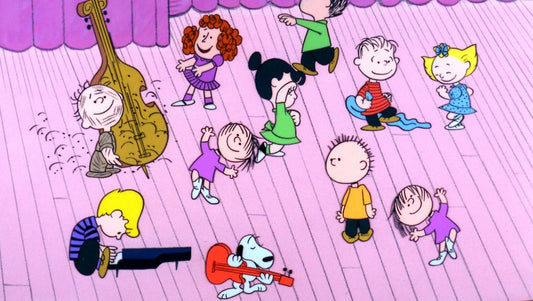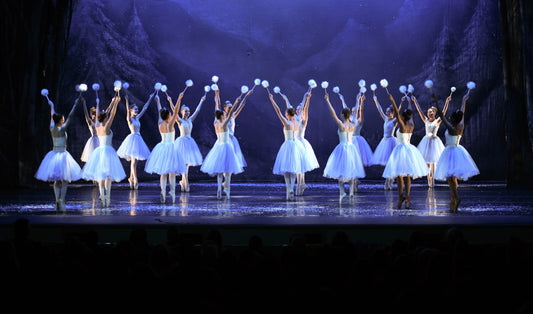You hear them before you see them.
Every Tuesday evening from May to September, the metallic tink of horseshoes hitting stakes and each other lets neighbors on Springside Avenue know the New Haven Horseshoe Club is practicing. You’ll find them in a city park hidden behind a row of trees at the end of a short dirt driveway. No one seems to know the park’s name; the New Haven Parks and Recreation map lists it as an area of West Rock Park called Bowling Green, a nod to its history as a lawn bowling court. Today, half of this hidden scrap of urban greenery is a fenced community garden, the other half a neat, flat expanse of 17 horseshoe courts.
About a dozen men and one woman wander in around 6:30 on the first Tuesday evening of the season. They pour water on the clay pits and shovel it up to make a sticky landing surface. One man sprays the stakes with white paint so they’ll stand out from wood backboards. Others try out their throws or mingle and chat. A small clubhouse that has walls plastered with team photos and a 1940s-vintage kitchen is open to the warm evening air.
sponsored by
None of the members I talk to are sure how long the courts have been there—since sometime in the 1960s, they agree. They do know the club was founded in 1963. Vice president Dave Lick is the longest member, playing with the club for the last 40 years. Back then, he recalls, “the top players played on court 1 and 2, and it was an honor to go play on those two courts… If you weren’t that good, you were back on those courts,” he says, pointing to the rear row of courts, unused this evening. “You were always trying to get up on 1 and 2.”
The numbers are still there, marking the two courts closest to the clubhouse, but the hierarchy has changed. The club now plays in four classes, with handicaps so players can compete across designations. Any given Tuesday night, each player will throw 150 shoes—30 per game for 5 games.
Club president Chris Surprenant and treasurer Dean Loucks are happy to teach a rookie some of the rules. First of all, a “ringer” is a three-point throw in which the horseshoe “encircles” the stake. If a straight edge can touch both the ends of the shoe and the stake, it’s not a ringer; if you can so much as slide a dollar bill between the tool and the stake, it is. One point is earned by throwing the horseshoe that lands closest to the stake, within 6 inches. These are not judgments to be eyeballed. Surprenant and Loucks reach into their pockets and pull out combination straight-edge and caliper tools to show me how throws are measured. To complicate matters, opponents’ ringers can cancel each other out by landing on top of one another.
“You think you’re good when you’re in your backyard,” Lick says, because you’re playing against “somebody as bad as you. But then when you go to play somebody that’s skilled, it’s a whole different ballgame.” Lick’s dedication to the game paid off one year at the world championships, where he finished 14th. But the club’s champion is Art Tyson, the first black player to be named to the National Horseshoe Pitchers Association Hall of Fame. According to the NHPA website, he’s Connecticut state champion of 1973 and an eight-time New York State champion, and he finished in the top ten at the world tournament 15 times, including three second-place finishes in the 1990s.
Tyson’s career began in his backyard at the old Elm Haven public housing project on lower Dixwell Avenue and took him all the way to a rooftop in Japan during one of his world championship appearances. He spent much of his career playing in New York. Now pushing 80 and battling health issues, he has moved up from the 40-foot throw line to the 30-foot, reserved for women and older men, but it’s messing with his game. “I just need to find a shoe that opens for me,” says the man with a career ringer percentage of 73.09%. “When you shoot up a little closer, it doesn’t open like I want it,” he says as he watches the younger players on the court. “You got to make sure the mouth is open at the stake… It’s just like starting all over.”
Their fingers stained gray with clay, sweat streaming down their temples, this evening’s players compete in pairs, each throwing two shoes before they score, then walk to the opposite end of the court to toss again. There’s room for more members, and guests are welcome to stop in and give the game a try. If you show up on the first Tuesday of the month, Lick says, they’ll even give you a hot dog. Yearly club dues of $150 cover some food, court maintenance—not only for the club, but for several tournaments they host—and prize money for members in each class at the end of the season.
It probably helps to know a little bit about throwing shoes when you join, Surprenant says, but you can learn as you go. In fact, everyone is still learning. Despite its apparent simplicity, Lick says even after a lifetime of playing, the game is challenging; he’ll never be as good as he wishes. He keeps coming back not only for the competition but also for the camaraderie. Tonight, as he sits with Tyson, he pencils scores on a clipboard and watches his fellow players.
Tyson says part of what keeps him in the game is that feeling of throwing a ringer. “It feels great when you can make 10 in a row, 20 in a row, 30 in a row,” he says. “It feels fantastic when you can develop that shoe and get that thing working. It just feels so good, so good.”
New Haven Horseshoe Club
81 Springside Ave, New Haven (map)
Tues 7pm May-Sept
csurprenant44@yahoo.com
www.newhavenhorseshoeclub.org
Written and photographed by Kathy Leonard Czepiel.








